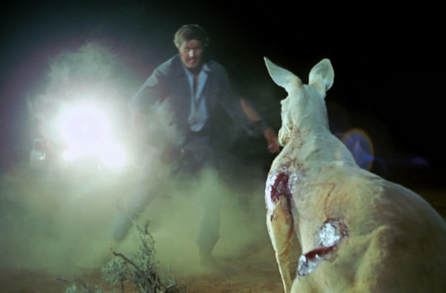Australian Horrorscapes

Animals that kill, barren desert landscapes, and brash local culture: myths regarding Australia’s danger persist on an international scale. This course will examine how these narratives inhabit the landscape in Australian horror film, drawing material from the inventive ‘Ozploitation’ of the 1970s, the historically canonized art-cinema of the same time, and the more recent cycle of Australian horror films. In order to investigate how the horror-landscape is constructed and utilized within these examples, we will interrogate space and formal elements such as lighting, mise-en-scène and sound. To scrutinize the national mythologies behind these landscapes, and to question how genre is employed to project fears from and of colonial Australia, we will consider the historical, political and industrial contexts around the production of these films. We will ask how these films engage with Australian Indigenous and settler histories, myths of nationhood and national cinemas, and the ‘wilderness’ versus ‘culture’ binary. With Screenings of Picnic at Hanging Rock, Razorback, and Mystery Road.
